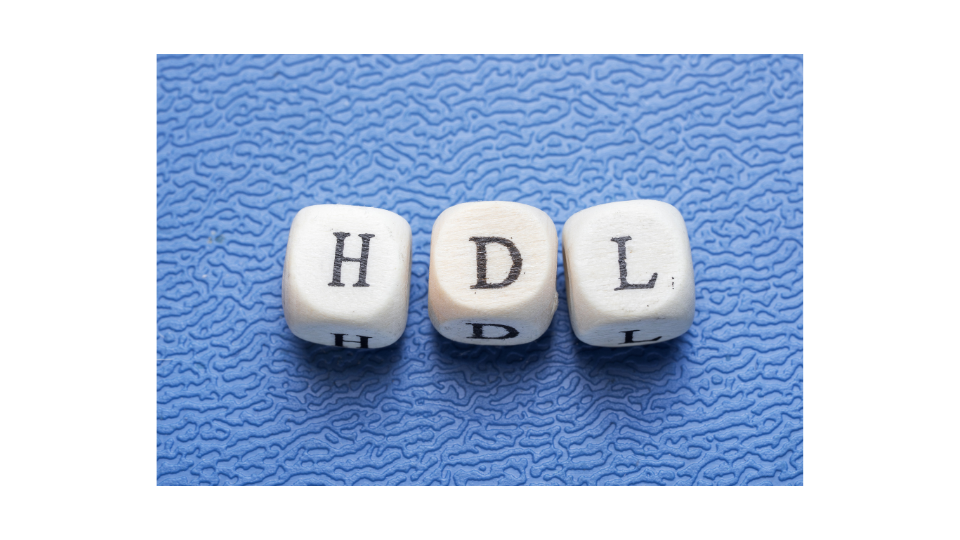
The paper ““High-Density Lipoprotein Carries Markers that Track with Recovery from Stroke” published in Circulation Research is the School of Medicine’s Paper of the Month.
Principal investigator Nathalie Pamir, Ph.D., is an associate professor of medicine, Division of Cardiovascular Medicine, OHSU School of Medicine.
What did you hope to learn?

HDL, high density lipoprotein, is widely known as the good cholesterol. In the clinic, patients get their HDL- cholesterol content measured to assess cardiovascular disease risk. However, in recent years, we can extract more information from HDL than its cholesterol content. We started focusing on its protein composition and function for their association with cardiovascular disease; studies have shown that, indeed, HDL function associates with both prevalent and incident cardiovascular disease. Historically, HDL-cholesterol has an ambiguous relationship with stroke; it is predictive in some studies and not in others. There is little known on the association between new metrics of HDL and stroke. We sought to understand how HDL proteome and function relate to stroke.
What did you actually learn?
We first observed strong differences in the abundance of about 10 proteins between subjects that had a stroke and subjects without a stroke. As our studies progressed, we learned that HDL proteome is very responsive to an acute inflammatory event. Quantifying the HDL proteome during the early acute phase of stroke in the same subject highlighted a handful proteins that change. We further discovered that some these proteins associate with the patients’ recovery performance from stroke even when we take into account other deciding factors such as how severe their stroke is, whether they were treated with t-PA, etc.
What do these findings mean for the future?
Our discovery has two important messages: 1) In addition to current approaches, tracing proteins such as APOF during the early acute phase of stroke might help to predict how the patient is likely to recover. 2) HDL proteome can be exploited as a biomarker in diverse inflammatory diseases. Further validation studies with large cohorts are required to develop HDL proteome based biomarker development.
“We’ve tended to focus on risk of having a stroke, but I was struck by this paper’s evidence that HDL proteins could predict functional recovery from stroke,” said Mary Heinricher, Ph.D., associate dean for research, OHSU School of Medicine.
Citation
High-Density Lipoprotein Carries Markers that Track with Recovery from Stroke; Deanna L Plubell, Alexandra M Fenton, Sara Rosario, Paige Bergstrom, Phillip A Wilmarth, Wayne M Clark, Neil Zakai, Joseph F Quinn, Jessica Minnier, Nabil J Alkayed, Sergio Fazio, and Nathalie Pamir; Originally published26 Aug 2020https://doi.org/10.1161/CIRCRESAHA.120.316526 Circulation Research.
Funding
This work was partially supported by a grant from the NIH: R01HL136373.